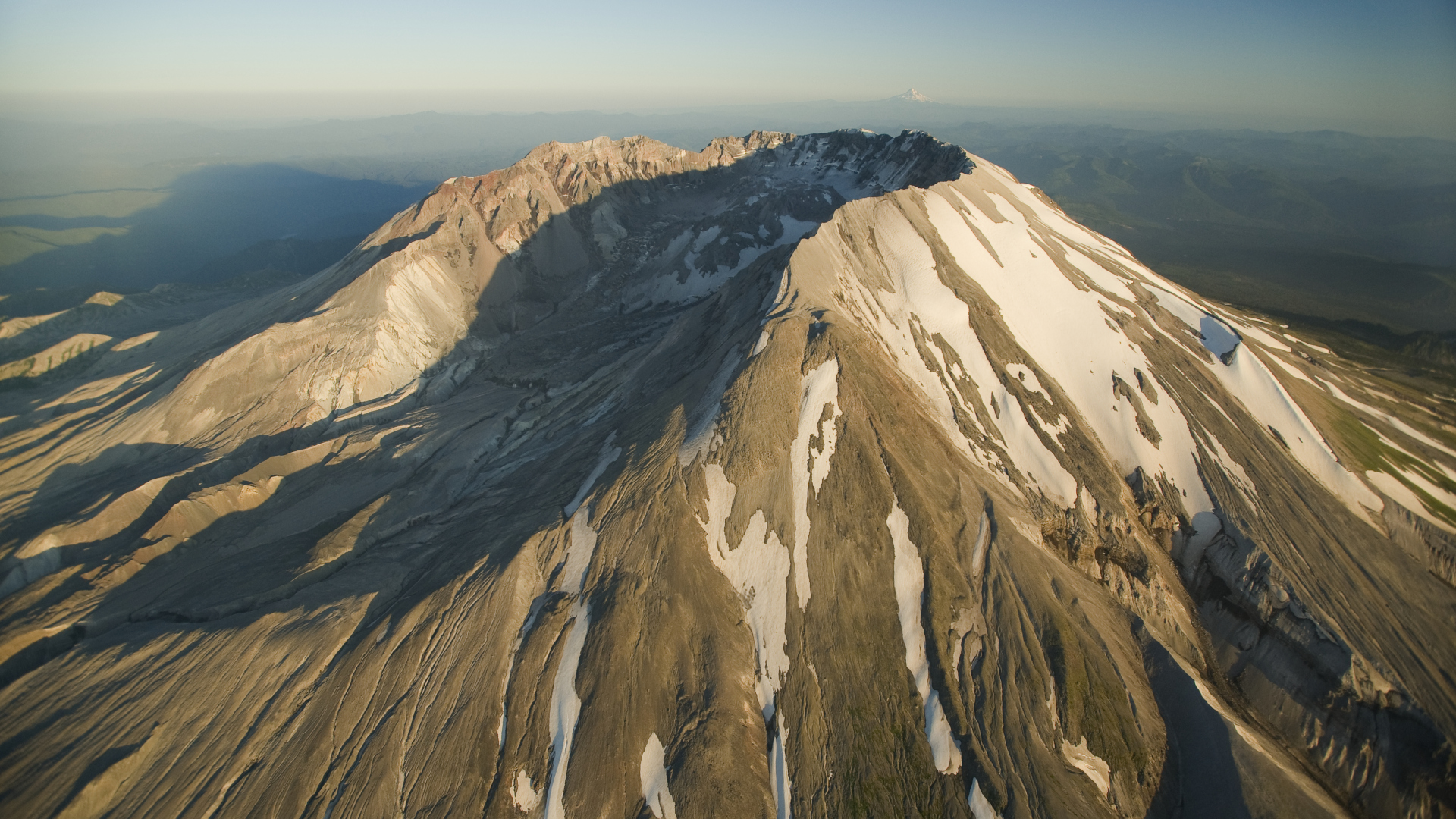
A body discovered in the crater of Washington's Mount St Helens is that of an "experienced climber" who was preparing to make a descent of the stratovolcano by snowboard, according to recovery crews.
On Saturday, the Skamania County Sheriff’s Office received a report that a climbing group had reached the summit of Mount St Helens and observed the body within the crater, approximately 1,200 feet below the summit. In a Facebook post, the SCSO reveals that the group first became aware of the incident when they spotted some personal items at the summit.
"The climbing group located a backpack, digital recording devices, and other personal effects near the rim of the crater. Near the personal belongings, a snow cornice near the rim fractured and fell into the crater of the mountain."
A snow cornice is an overhanging mass of snow that can extend out over the edge of a ridgeline, or in this case the edge of a crater, appearing to be on top of rock. However, these can break away which is presumed to be the cause of this tragic accident.
"Snow cornices are difficult to detect and become weaker during warm, sunny periods," warms the SCSO.
Members of the Volcano Rescue Team had to be airlifted to the edge of the crater at 8,363 feet from where they ascended on foot to recover the body. The subject was later identified as 42-year-old Washougal resident Roscoe Shorey, who the SCSO report had summited the volcano 28 times previously.

Beware spring conditions
Though it can seem like it's still winter up high, warming spring temperatures can bring instability to snowpack, increasing freeze/thaw cycles and raising the risk level of events such as avalanches and making snow cornices more of a hazard.
During spring conditions, it's important to check the mountain weather forecast for the 72 hours before you set off on an expedition, and watch out for high risk factors, such as unusually warm days and cold overnights as well as high wind. The best way to avoid cornices is to stay off ridgelines and well back from the edge of any summit or ridge.







